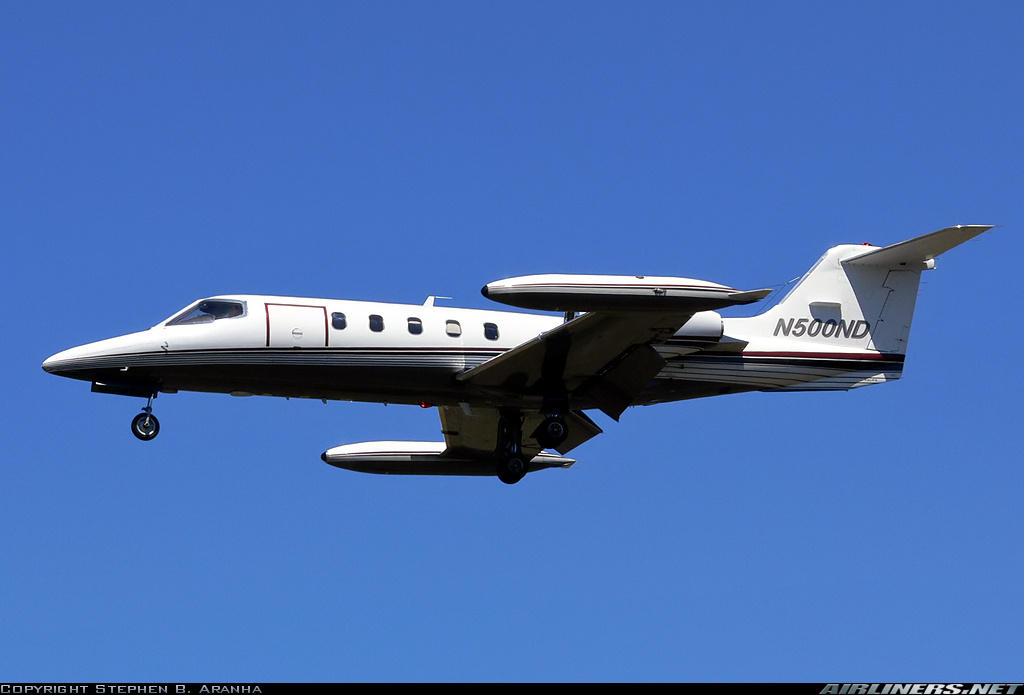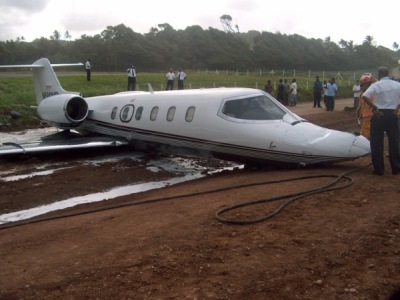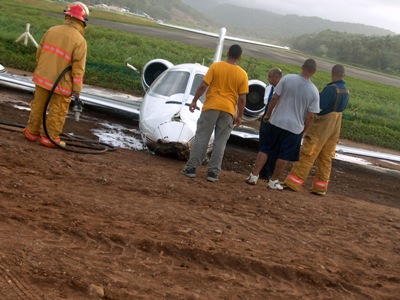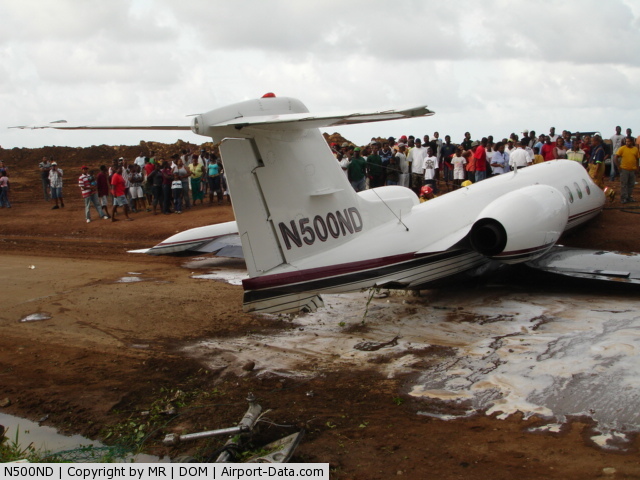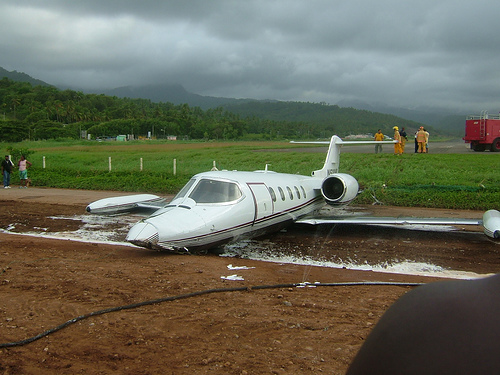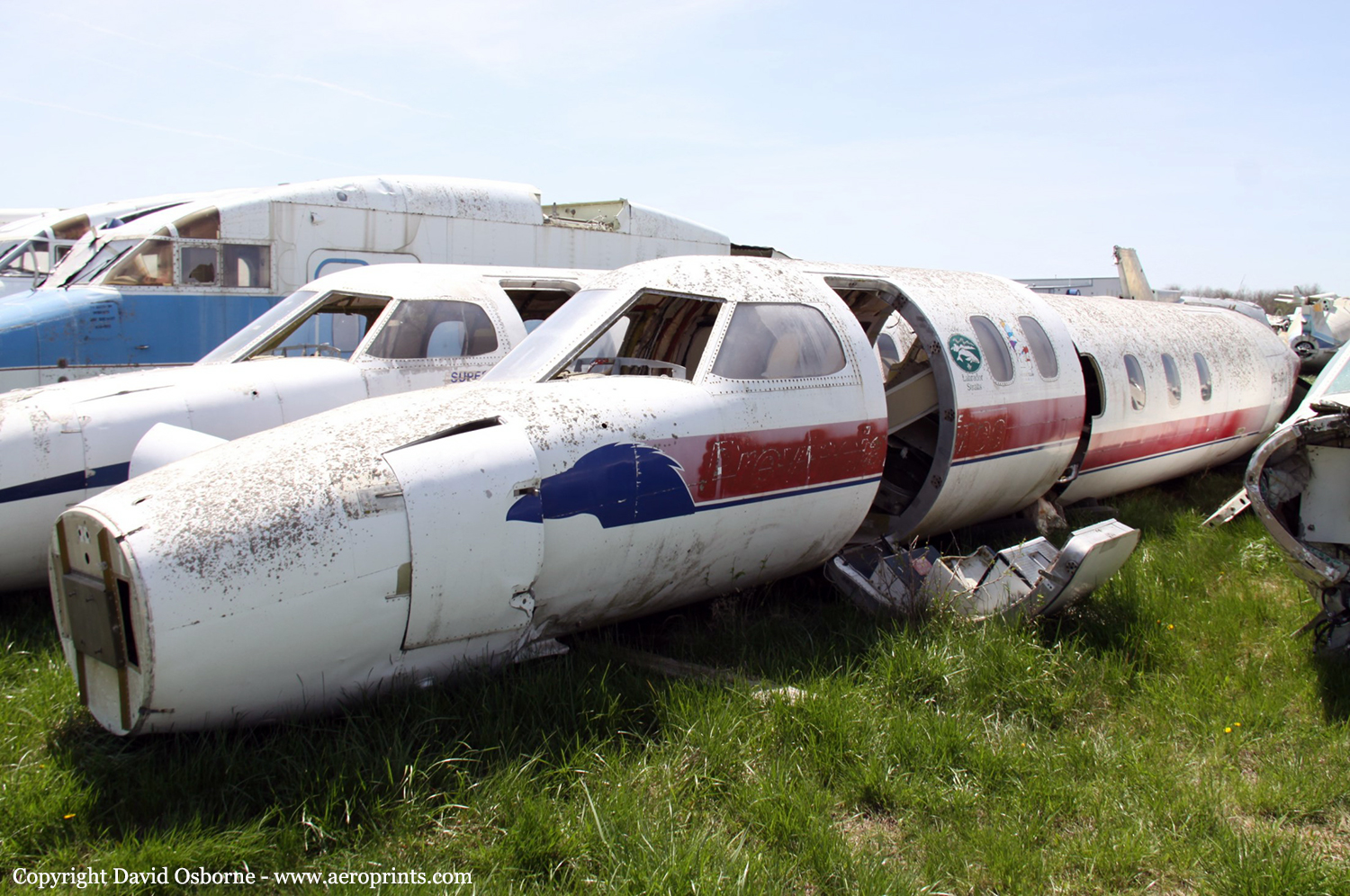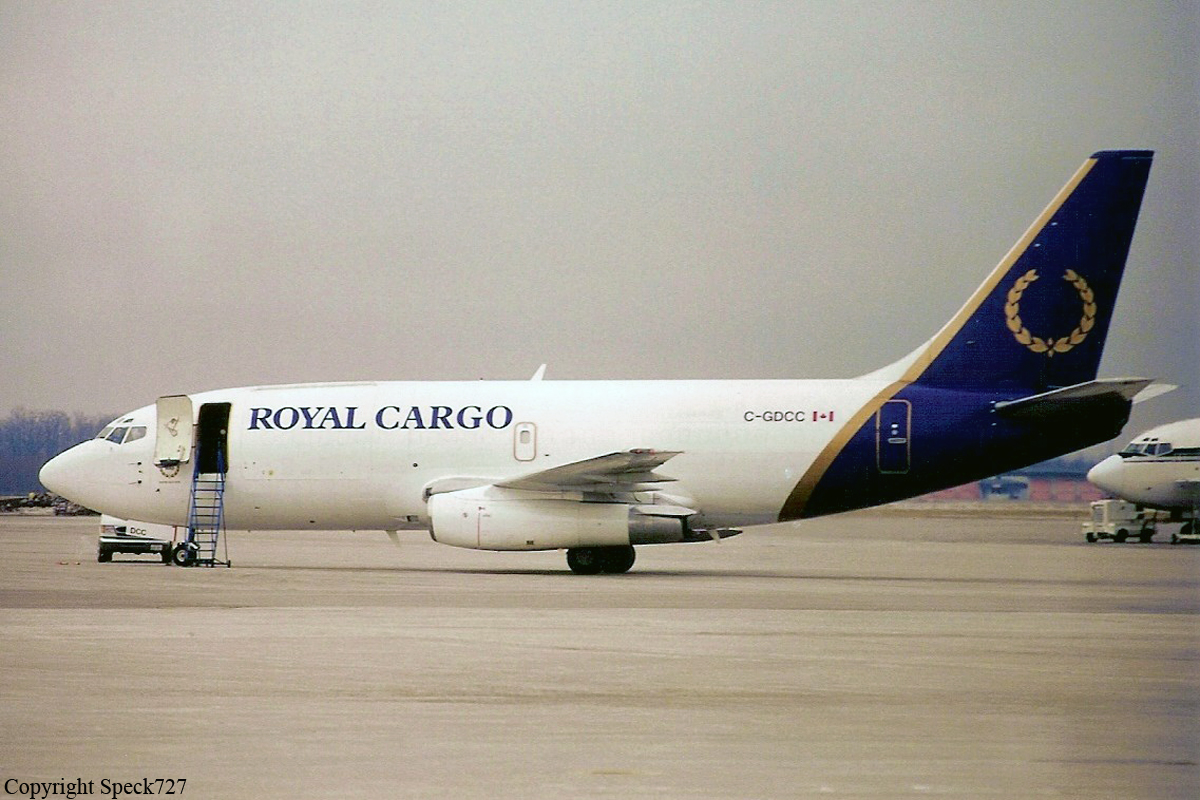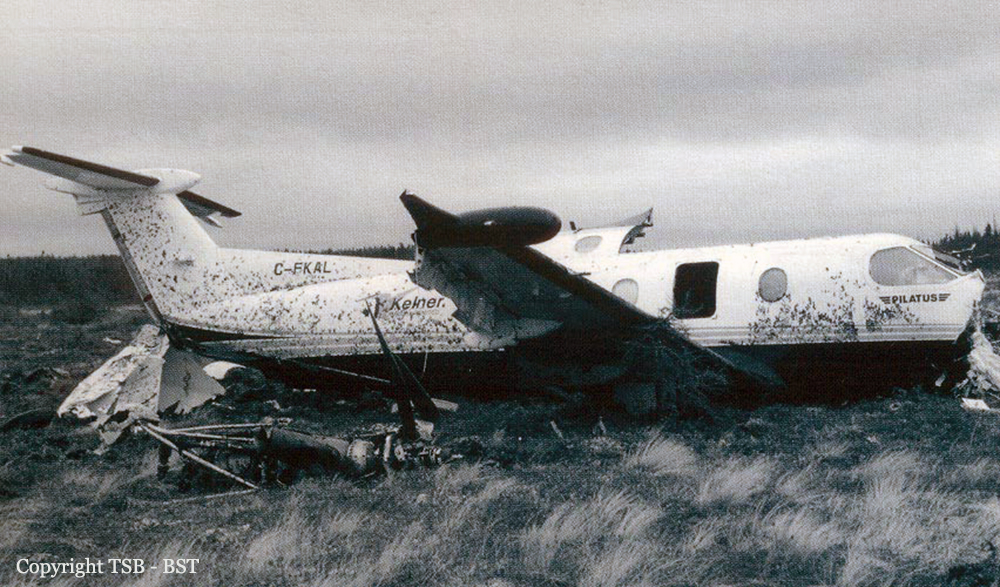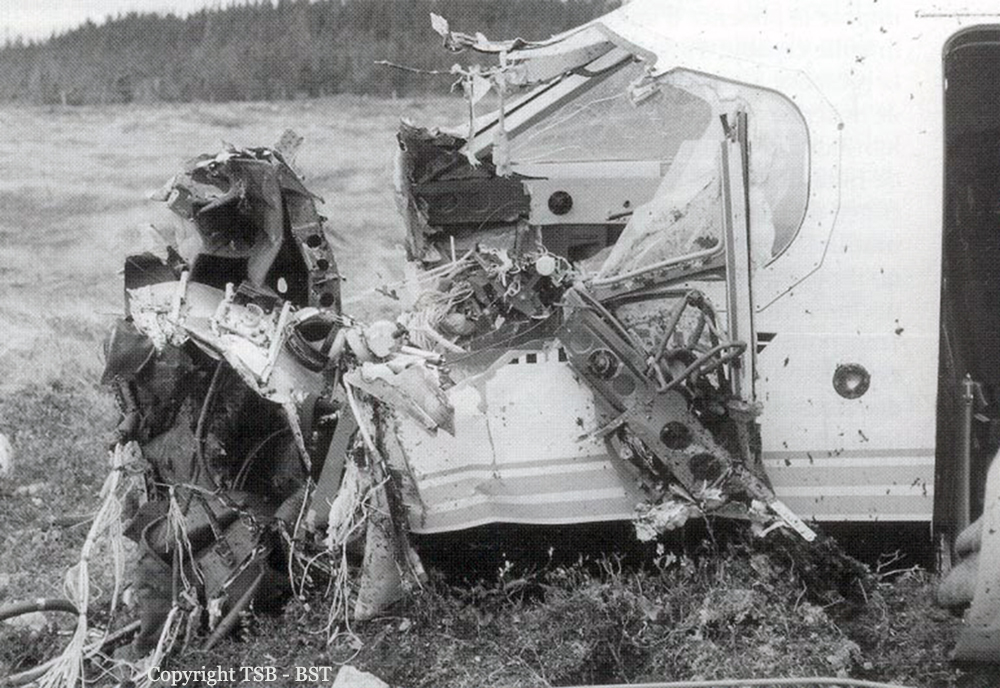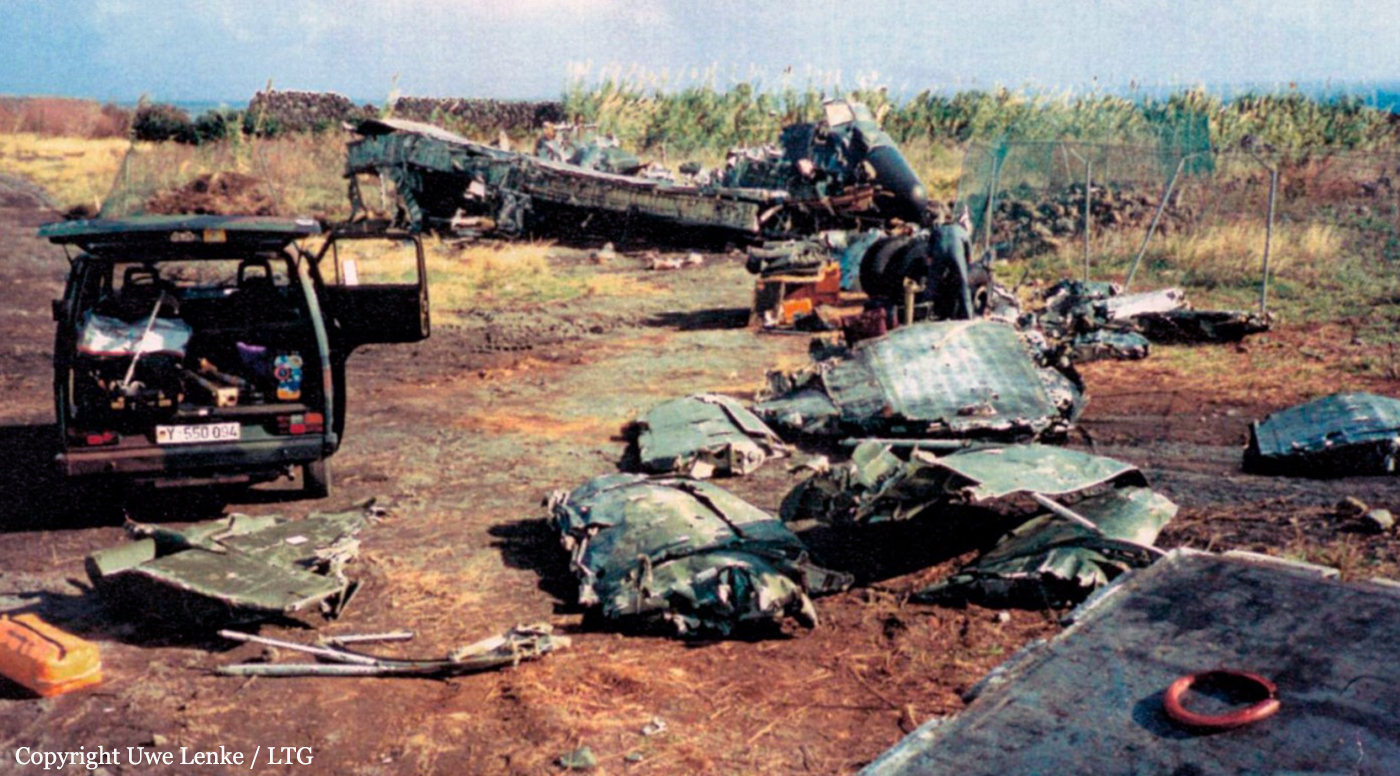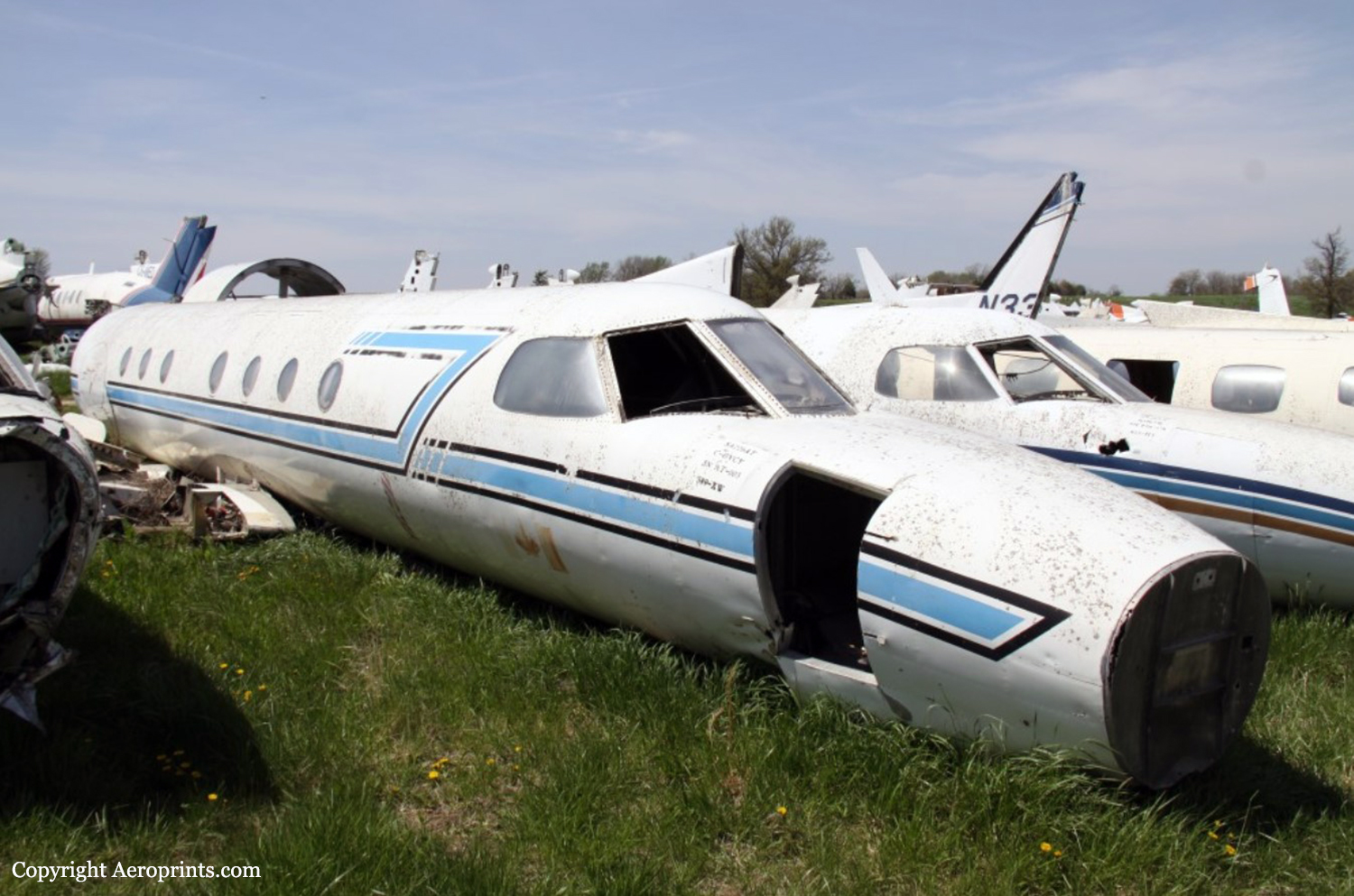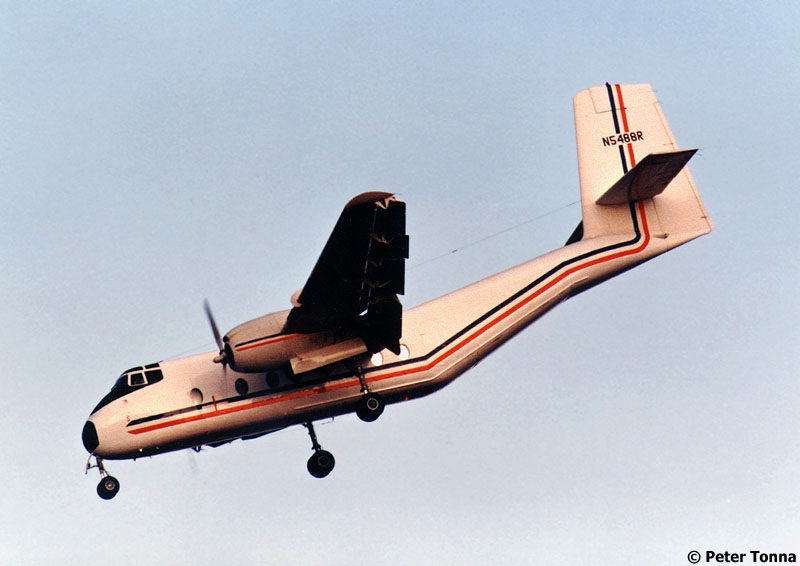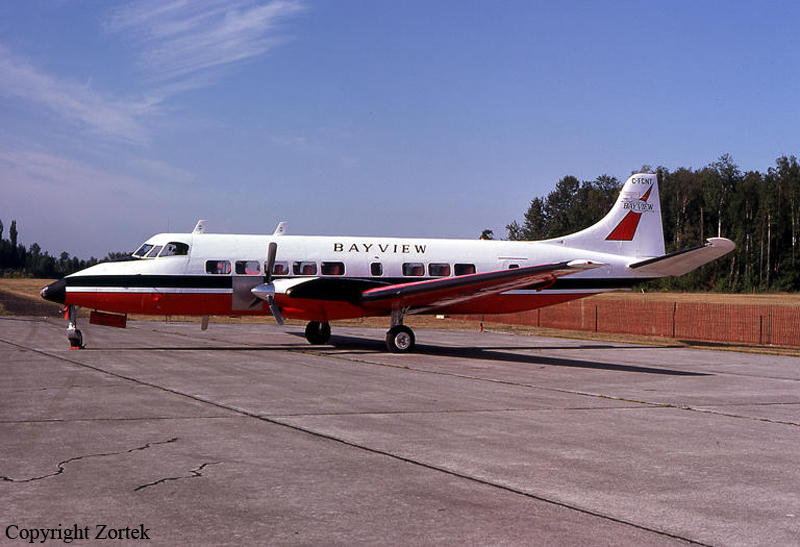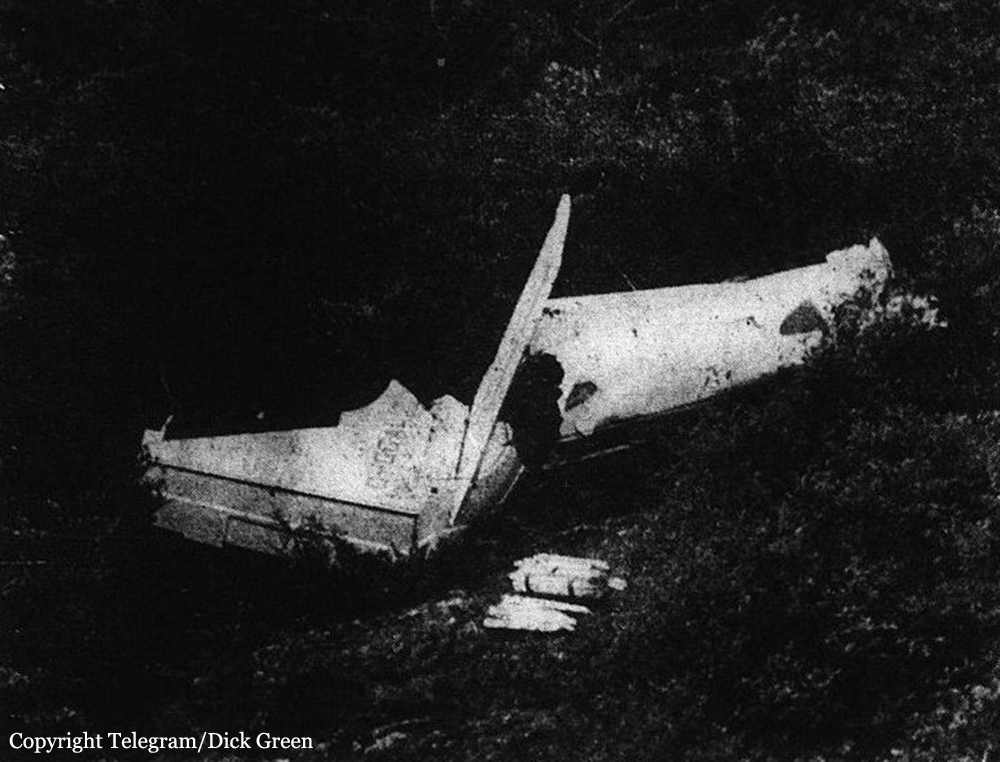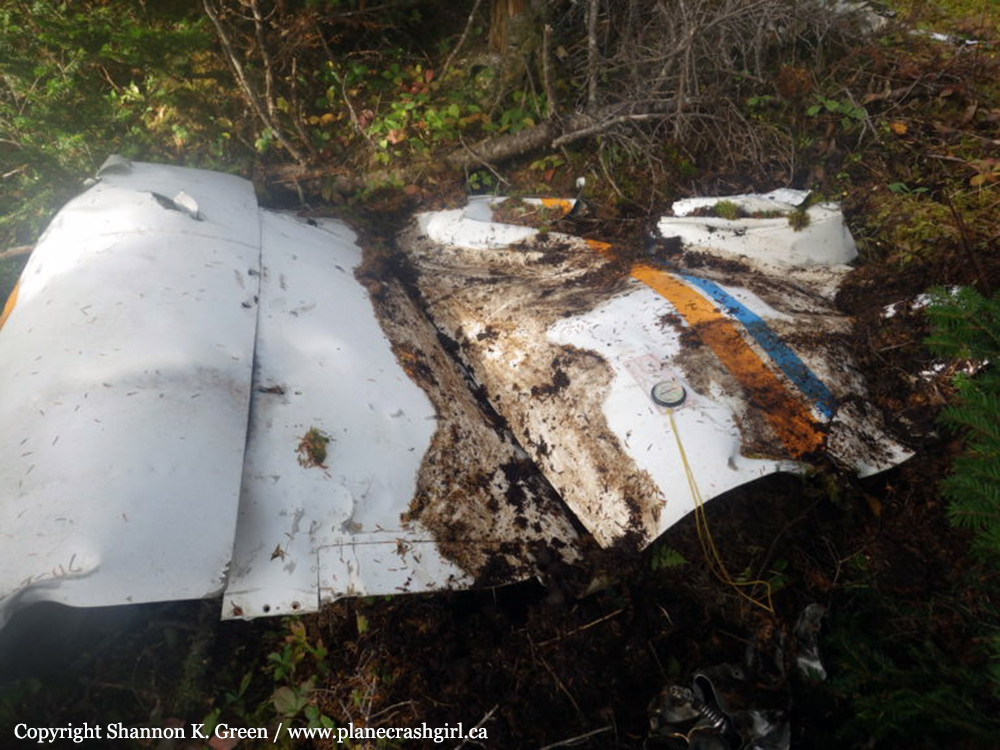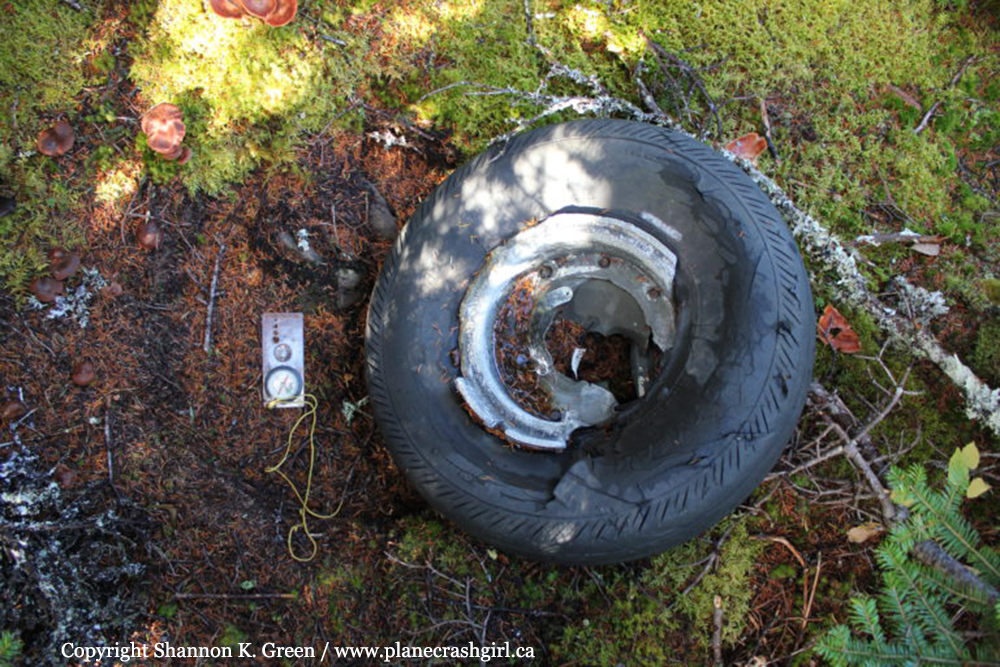Circumstances:
At 2320, Newfoundland daylight time, on 03 April 2001, the Royal Cargo flight, a Boeing 737-200, left Mirabel, Quebec, for a scheduled instrument flight rules cargo flight with two pilots on board. The flight was headed for Hamilton, Ontario; Mirabel; Halifax, Nova Scotia; St. John's, Newfoundland; and Mirabel. The flights from Mirabel to Halifax were uneventful. Before departure from Halifax, the pilot flying (PF) received the latest weather information for the flight to St. John's from the company dispatch; he did not ask for, or receive, the latest notices to airmen (NOTAMs). At 0545, the aircraft departed Halifax for St. John's. The PF was completing his line indoctrination training after having recently upgraded to captain. The training captain, who was the pilot not flying (PNF), occupied the right seat. After departure from Halifax, he contacted Halifax Flight Service Station (FSS) and received the latest weather report for St. John's, the 0530 aviation routine weather report (METAR). The weather was as follows: wind 050° magnetic (M) at 35, gusting to 40, knots; visibility 1 statute mile in light snow and blowing snow; ceiling 400 feet overcast; temperature -1°C; dew point -2°C; and altimeter 29.41 inches of mercury. The FSS passed runway surface condition (RSC) reports for both runways (11/29 and 16/34), including Canadian runway friction index (CRFI) readings of 0.25 for Runway 11/29 and 0.24 for Runway 16/34. The FSS specialist also provided the NOTAMs for St. John's, which included a NOTAM released more than five hours earlier advising of the unserviceability of the instrument landing system (ILS) for Runway 11. The flight crew had initially planned an ILS approach, landing on Runway 11 at St. John's. Because of the marginal weather, the loss of Runway 11/29, and his greater experience, the training captain decided to switch seats and assume the duties and full responsibilities as captain and PF. Returning to Halifax was not considered because the aircraft would be overweight for landing there. The option of diverting the flight to the alternate airport was also discussed by the crew; however, in the end, they felt that a safe landing was achievable in St. John's. At 0638:27, the PF contacted St. John's tower to ask if the approach to Runway 34 was still an option. The response indicated that Runway 34 was probably the only option because of the wind: 050°M (estimated) at 35, gusting to 40, knots. The ILS on Runway 11 was unserviceable, and the glidepath for Runway 29 was unserviceable. The only instrument approaches available were the localizer back course Runway 34 and the ILS Runway 16. Also, at about 0638, the Gander Area Control Centre (ACC) controller suggested to the crew that they obtain the 0630 automatic terminal information service (ATIS) for St. John's. The ATIS was reporting surface winds of 055°M at 20, gusting to 35, knots. The PNF attempted to obtain the ATIS information; however, because of a simultaneous radio transmission on the second VHF radio between the PF and St. John's tower, the ATIS information was not obtained. At 0641, the PNF contacted Gander ACC, which reported the winds at St. John's as 040°M at 13, gusting to 18, knots. The PNF pointed out the discrepancy in the two wind reports to the PF; however, there was no acknowledgement of the significance of the discrepancy. It was later determined that the discrepancy was an unserviceable anemometer at the St. John's airport due to ice accretion on the anemometer. The anemometer was providing a direct reading of the incorrect wind information to Gander ACC. Gander ACC was unaware of the unserviceability and unknowingly passed the incorrect wind information on to the flight crew. At 0644, Gander ACC transmitted a significant meteorological report (SIGMET), issued at 0412 and valid from 0415 to 0815, that included St. John's. The SIGMET forecast severe mechanical turbulence below 3000 feet due to surface wind gusts in excess of 50 knots. However, the crew may not have been listening to the SIGMET broadcast: while the ACC transmitted the SIGMET, the crew were discussing the application of an 18-knot quartering tailwind for the approach to Runway 16. This tailwind was well under the 50 knots described by the SIGMET. The crew did not acknowledge receipt of the SIGMET until prompted by the controller. Before the descent into St. John's, the crew discussed approach options. The approach to Runway 11 was discounted because of the unserviceability of the ILS, and Runway 34 was eliminated as an option because the weather was below its published approach minimums. The crew discussed the ILS approach to Runway 16. Although the PNF expressed concern about the tailwind, it was decided to attempt the approach because the wind reported by Gander ACC was within the aircraft's landing limits. In calculating the approach speed in preparation for the approach, there was confusion during the application of the tailwind and gust corrections to the landing reference speed (Vref ). The crew had correctly established a flap-30 Vref of 132 knots indicated airspeed (KIAS) and ultimately an approach speed of 142 KIAS. The approach speed calculations were derived using the incorrect wind information from Gander ACC; further, the crew added five knots for the gust increment to the nominal approach speed (Vref + 5 knots), that is, Vref + 10 knots. This incorrect calculation (adding the gust factor) was consistent with company practice at the time of the accident. During the descent, the crew also had difficulty completing the descent and approach checklists; there were several missteps and repeated attempts at completion of checks. Clearance for an ILS approach to Runway 16 was obtained from Gander ACC , and the crew was advised to contact St. John's tower. Just over two minutes before landing, the tower advised that the wind was 050°M (estimated) at 20, gusting to 35, knots and provided the following RSC report for Runway 16: Full length 170 feet wide, surface 30% very light dusting of snow and 70% compact snow and ice; remainder is 20% light snow, 80% compact snow and ice, windrow along the east side of the runway; friction index 0.20; and temperature -1°C at 0925. The aircraft crossed the final approach fix on the ILS glideslope at 150 KIAS. During the final approach, the airspeed steadily increased to 180 KIAS (ground speed 190 knots); the glidepath was maintained with a descent rate of 1000 feet per minute. From 1000 feet above sea level, no airspeed calls were made; altitude calls were made and responses were made. The Royal Boeing 737 operations manual states that the PNF shall call out significant deviations from programmed airspeed. In the descent, through 900 feet above sea level, the aircraft encountered turbulence resulting in uncommanded roll and pitch deviations and airspeed fluctuations of +/- 11 knots. At about 300 feet above decision height, the crew acquired visual references for landing. Approximately one minute before landing, St. John's tower transmitted the runway visual range, repeated the estimated surface wind (050°M [estimated] at 20, gusting to 35, knots), and issued a landing clearance to the aircraft; the PNF acknowledged this information. The aircraft touched down at 164 KIAS (27 KIAS above the desired touchdown speed of Vref), 2300 to 2500 feet beyond the threshold. Radar ground speed at touchdown was 180 knots. The wind at this point was determined to be about 050°M at 30 knots. Shortly after touchdown, the speed brakes and thrust reversers were deployed, and an engine pressure ratio (EPR) of 1.7 was reached 10 seconds after touchdown. Longitudinal deceleration was -0.37g within 1.3 seconds of touchdown, suggesting that a significant degree of effective wheel braking was achieved. With approximately 1100 feet of runway remaining, through a speed of 64 KIAS, reverse thrust increased to about 1.97 EPR on engine 1 and 2.15 EPR on engine 2. As the aircraft approached the end of the runway, the captain attempted to steer the aircraft to the right, toward the Delta taxiway intersection. Twenty-two seconds after touchdown, the aircraft exited the departure end of the runway into deep snow. The aircraft came to rest approximately 75 feet beyond and 53 feet to the right of the runway centreline on a heading of 235°M.
